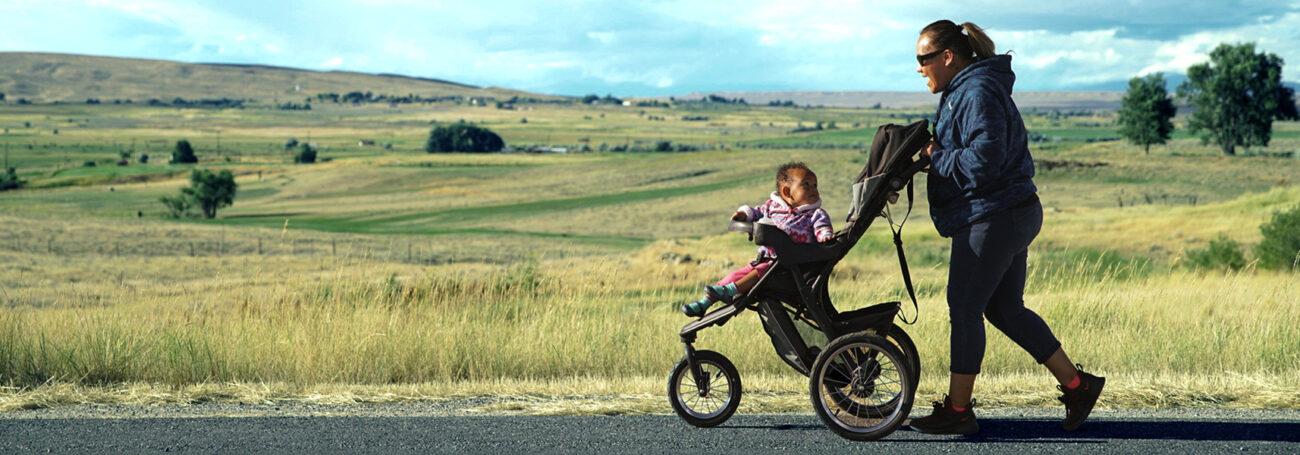Pennsylvania
Models implemented in Pennsylvania included Attachment and Biobehavioral Catch-Up, Child First, Early Head Start Home-Based Option, Family Check-Up, Healthy Families America, Nurse-Family Partnership, Parents as Teachers, and SafeCare Augmented. Statewide, 132 local agencies operated at least one of these models.
Race
<1% American Indian Alaska Native
3% Asian
23% Black
<1% Native Hawaiian Pacific Islander
61% White
9% Multiple
3% Another race
Ethnicity
20% Hispanic or Latino
Caregiver Education
17% No high school diploma
Child Age
29% <1 year
47% 1-2 years
23% 3-5 years
Child Insurance Status
87% Public
6% Private
6% None
Primary Language
87% English
8% Spanish
5% Another language
Potential Beneficiaries
In Pennsylvania, there were 634,000 pregnant women and families with children under 6 years old not yet in kindergarten who could benefit from home visiting. These families included 805,900 children.
805,900 children could benefit from home visiting
Of the 805,900 children who could benefit —
634,000 families could benefit from home visiting
Many home visiting services are geared toward particular subpopulations. The NHVRC estimated the percentage of families who could benefit in Pennsylvania who met the following priority criteria:
- Child <1 19%
- Single mother 24%
- Parent with no high school diploma 5%
- Pregnant woman or mother <21 2%
- Low income 14%
Of the 634,000 families who could benefit —
46% of families met one or more priority criteria
14% of families met two or more priority criteria
